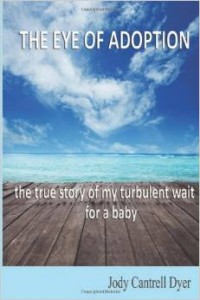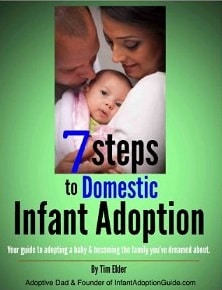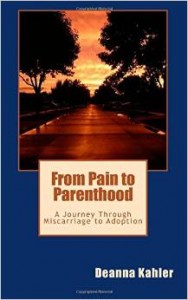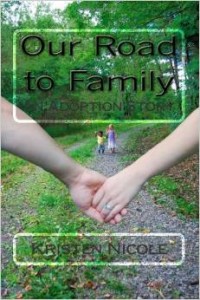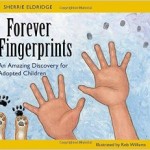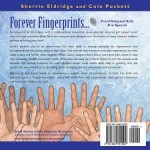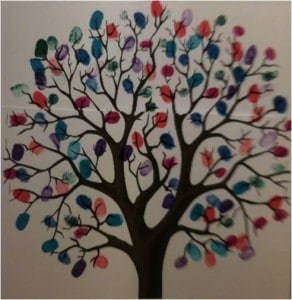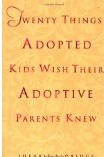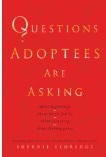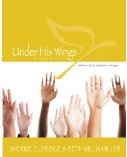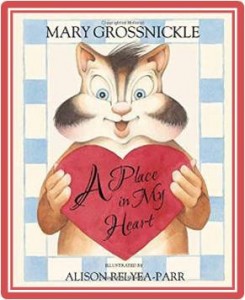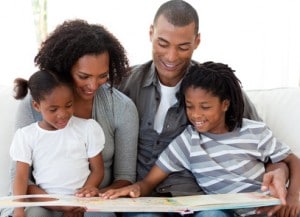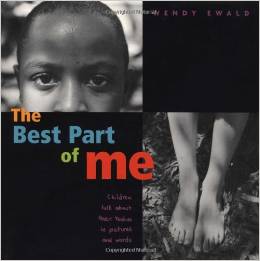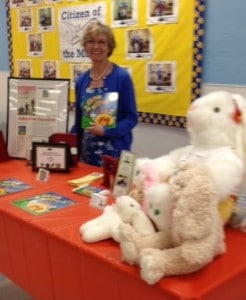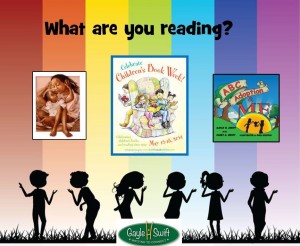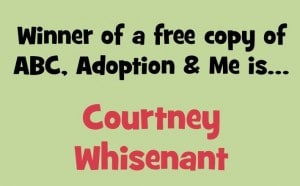 Books offer an amazingly rich resource for adoptive families. Beyond pretty illustrations or entertaining story lines, they offer adoptive families so much more. Here are ten benefits to consider.
Books offer an amazingly rich resource for adoptive families. Beyond pretty illustrations or entertaining story lines, they offer adoptive families so much more. Here are ten benefits to consider.
1. Books create a cuddly moment when parent and child focus on a joint activity. This makes it an example of the proverbial “quality time” dearly sought by busy parents.
2. Reading together offers a great chance for dialog as parent and child chat about the story, ask and answer questions that arise and explore the illustrations. Parents may be quite surprised by the content of these discussions. Often hidden beliefs, misunderstandings and fears are exposed. Parents can correct any misconceptions, address any fears or concerns and enjoy discovering their child’s view of the world.
3. Reading together demonstrates that parents believe in the value of reading. This sends an important message because reading is a basic skill for school survival and success.
 4. Books open a window onto a wider world. This allows children to learn how other kids think about and handle their adoption. This introduces them to their adoptive peer group which helps them understand they are not the only one in the adoption “boat.” They also discover that adoption, like families can take many shapes and look quite varied.
4. Books open a window onto a wider world. This allows children to learn how other kids think about and handle their adoption. This introduces them to their adoptive peer group which helps them understand they are not the only one in the adoption “boat.” They also discover that adoption, like families can take many shapes and look quite varied.
5. Books operate as mirrors when they include illustrations and story lines that reflect a child’s lived experience. A child’s shelf should include books that value who and what he is. They must depict more than the majority culture. Adoptive families have a vested interest in supporting multicultural books and “differences. After all adoption itself is a “different” way of building a family.
6. Adoption books can help children work through some of the “hard stuff” that is part of the task adoptees face. Be sure the family bookshelf is stocked with several quality books about adoption. This allows kids to choose a specific book from their shelf. Savvy parents will follow a child’s lead and will be aware of how a book affects their child. Read all or part of a book. Completion is not the goal. Connection and understanding is.
7. If kids never ask for an adoption book, put on your detective’s hat to discover why. Do you have a wide enough selection? Have you clearly conveyed that adoption is a welcome topic in the family? Verify that your child understands that adoption is a permitted topic. Many kids–accurately or not–believe that talking about their adoption distresses or overwhelms their parents. Other kids fear that bringing up the “harder stuff” might cause parents to “send them back.” In the absence of clearly demonstrated permissions, kids will stuff their curiosity, concerns and worries. Instead of depending on the parent, these kids shoulder their worries and stresses alone.
8. Books offer an easy non-threatening way for kids to bring up adoption. A child will rarely ask, “I’d like to talk about adoption.” But they will frequently pick a book off the shelf and request that it be read.
9. The same is true for parents. If they suspect a child is struggling with a part of his adoption experience, a book can offer a neutral way of introducing the topic.
10. Books can suggest ways of thinking about, handling and discussing adoption that neither the child or parent might develop on their own.
And a bonus:
 11. When parent and child share a book that touches them deeply, that enables them to face the “big stuff” as a team, their relationship grows more intimate. Rooted in truth. Forged through facing difficulty together, their connection strengthens because they know it can handle their mutual reality, “warts and all.” Parents become the parachute that brings them safely to land on their feet.
11. When parent and child share a book that touches them deeply, that enables them to face the “big stuff” as a team, their relationship grows more intimate. Rooted in truth. Forged through facing difficulty together, their connection strengthens because they know it can handle their mutual reality, “warts and all.” Parents become the parachute that brings them safely to land on their feet.
In recent years, now-adult adoptees have spoken in great numbers to tell what did and did not work for them growing up adopted, as well as what they wish had happened. Their courage has expanded our understanding of what an adopted child needs. Their voice provides an inside track to understanding because they live(d) adoption. Their experience is undiluted, first-hand.
We must recognize that the voices of adult adoptees are precious, valid and offer an invaluable insight into the adoption experience. Their hard-won wisdom represents a treasure of insight to adoption professionals and adoptive parents and lights a path to a healthier adoption experience moving forward. Significant change has occurred in adoption practice during the past two decades and so much more remains to be done. We must be dedicated to our children’s Truth with at LEAST as much passion as we pursued their joining our families. Adoption is not a fairy tale with a perfect happily-ever-after ending. It’s complicated, rooted in loss and often clouded in euphemism. Listening to adoptees’ voices shows that we care about them, value their honesty and acknowledge that their adoption was/is not all rose petals and sunshine. Their losses are genuine and worthy of recognition. Books offer an excellent channel to accomplish that.


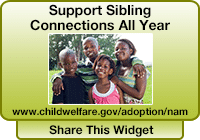
 It is appropriate that we celebrate National Adoption Month during this season of Thanksgiving. As parents, we have been entrusted with the privilege to raise children born to other women. We love and nurture them with an awareness that our greatest joy: their presence in our families–began in significant loss for them. This year while giving thanks for your many blessings, remember the birth parents who made such a commitment of faith in us. Continue your education as high AQ–Adoption-attuned–families. Deepen your understanding of the unique needs that adoption creates in a family. Live and love with an eye to the joy of the present moment and a heart filled with empathy, kindness and respect. Books offer a great resource to adoptive families for strategies, a sense of community or a great read for the children. These authors write about the journey that is adoption and as a National Adoption Month Special, the kindle versions will be available for $.99. We invite you to explore these books. (Excerpts are from Amazon)
It is appropriate that we celebrate National Adoption Month during this season of Thanksgiving. As parents, we have been entrusted with the privilege to raise children born to other women. We love and nurture them with an awareness that our greatest joy: their presence in our families–began in significant loss for them. This year while giving thanks for your many blessings, remember the birth parents who made such a commitment of faith in us. Continue your education as high AQ–Adoption-attuned–families. Deepen your understanding of the unique needs that adoption creates in a family. Live and love with an eye to the joy of the present moment and a heart filled with empathy, kindness and respect. Books offer a great resource to adoptive families for strategies, a sense of community or a great read for the children. These authors write about the journey that is adoption and as a National Adoption Month Special, the kindle versions will be available for $.99. We invite you to explore these books. (Excerpts are from Amazon)
